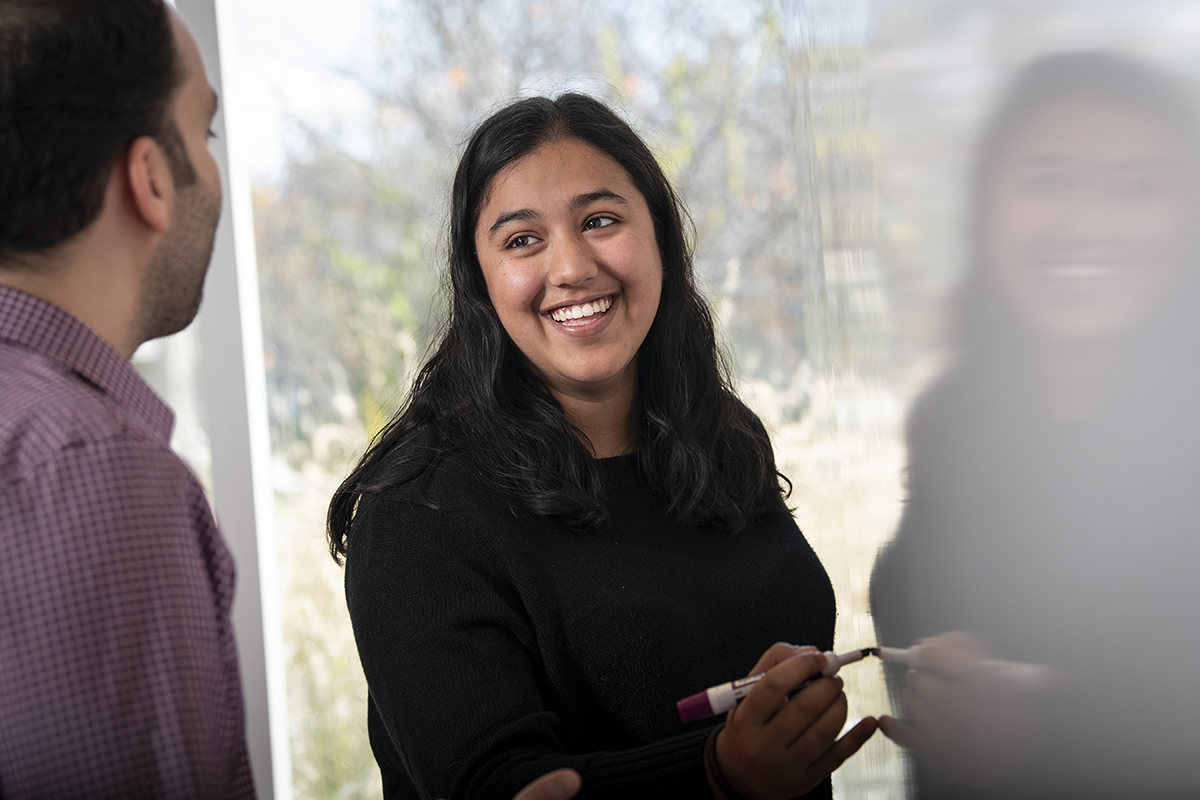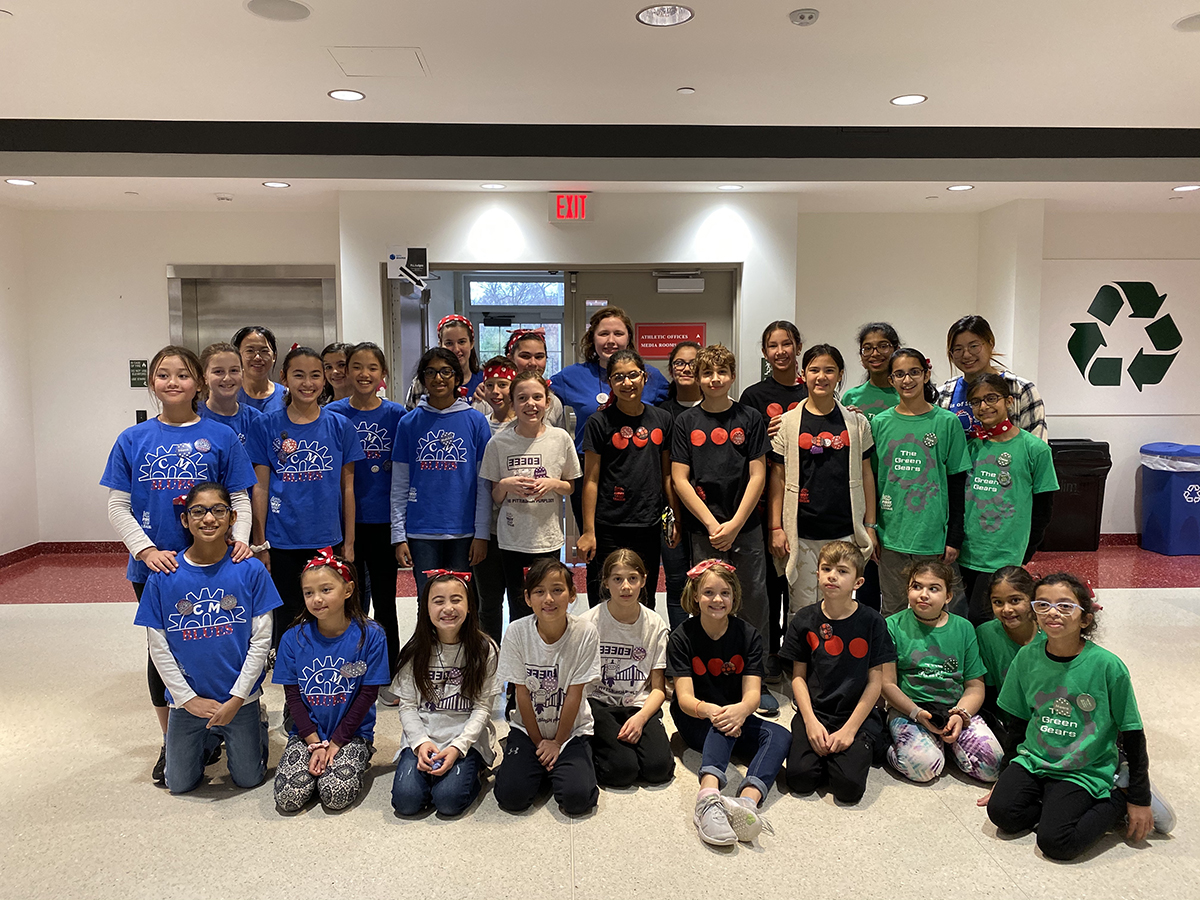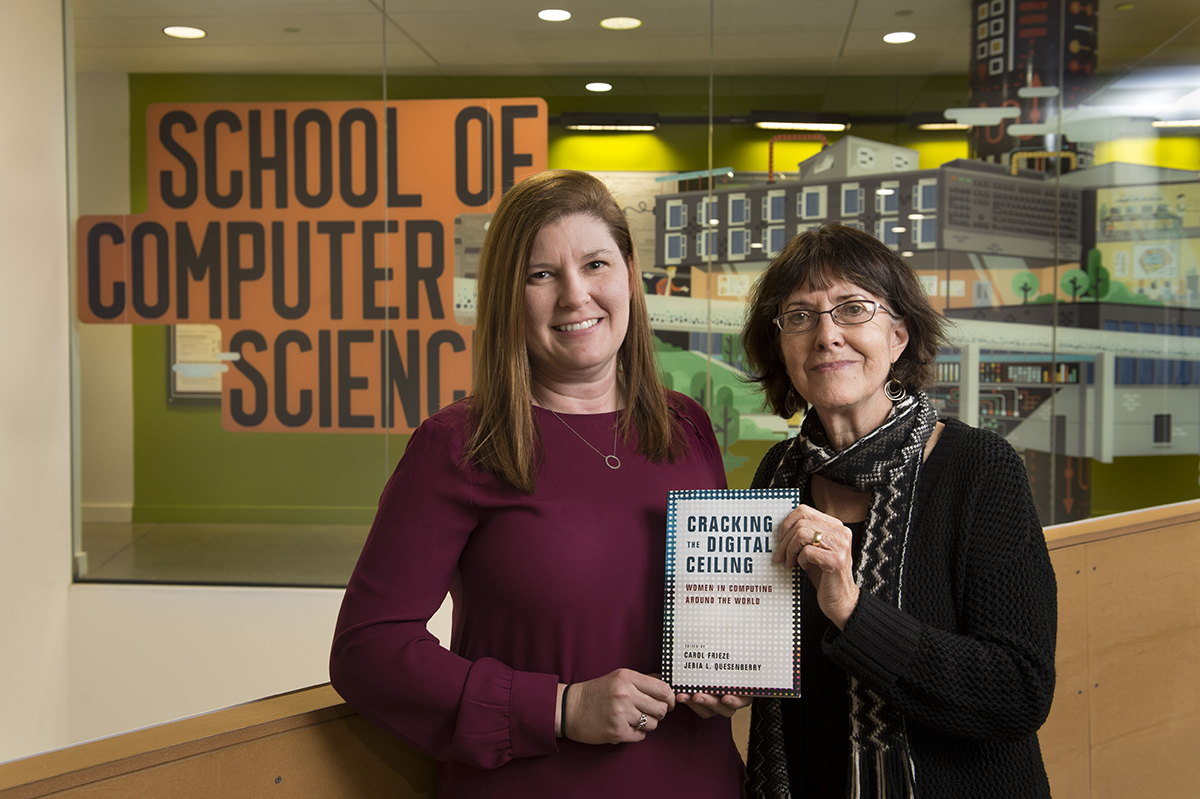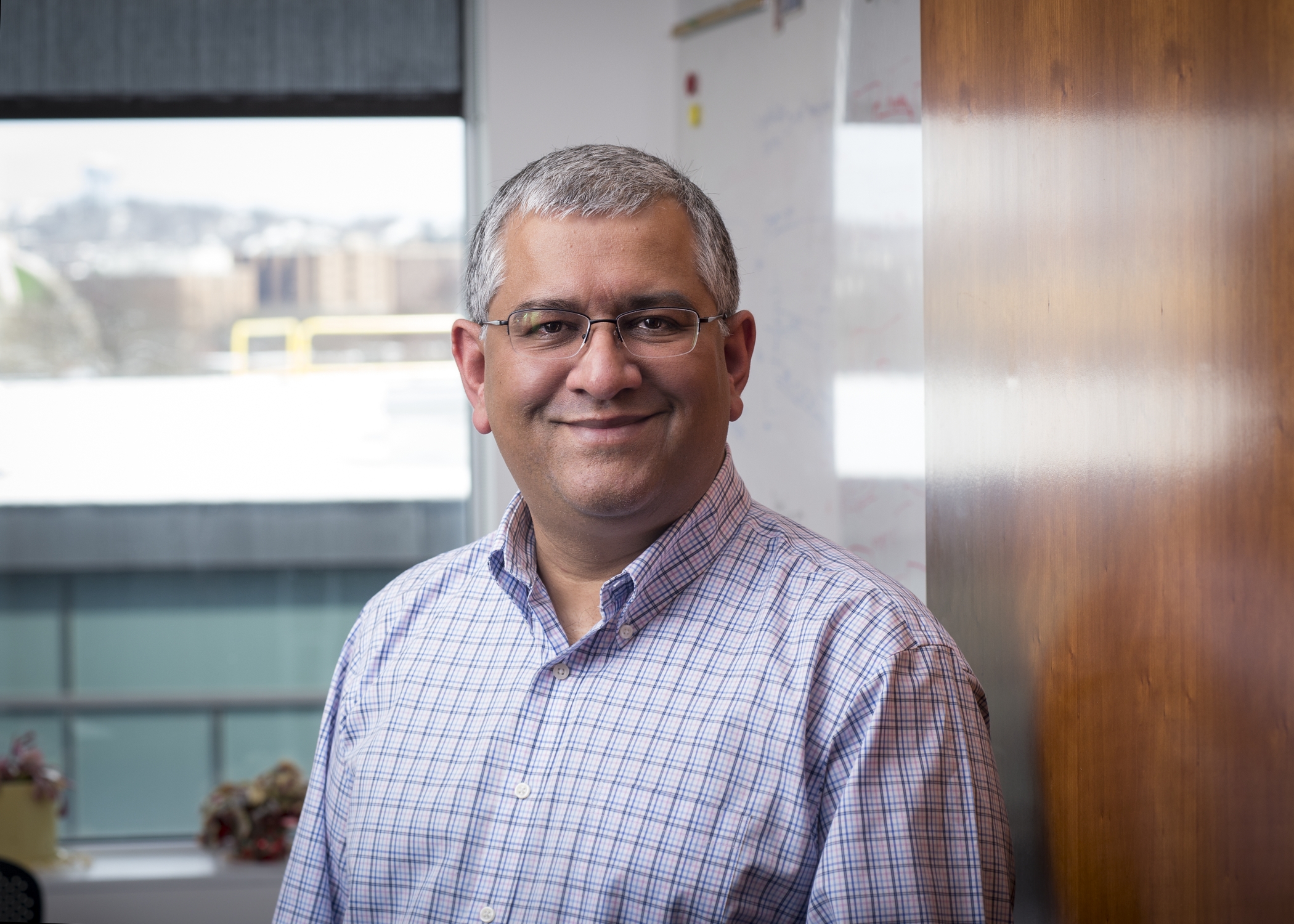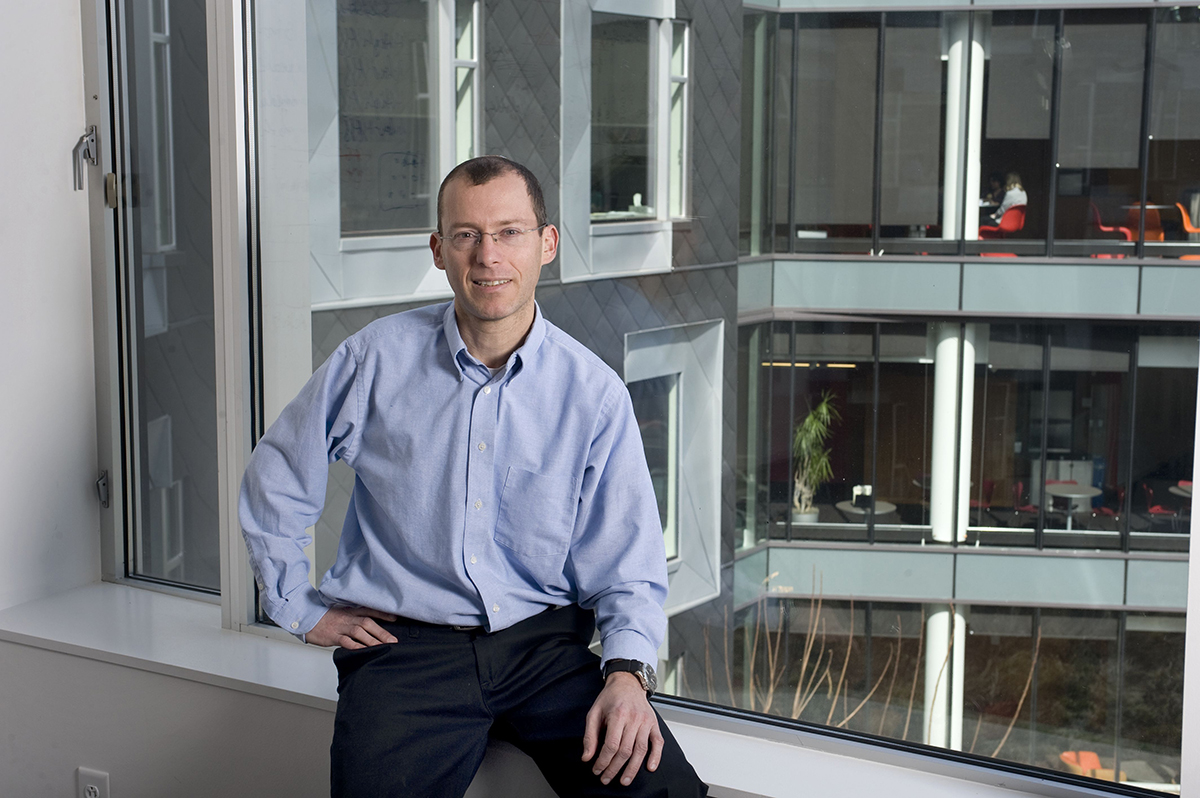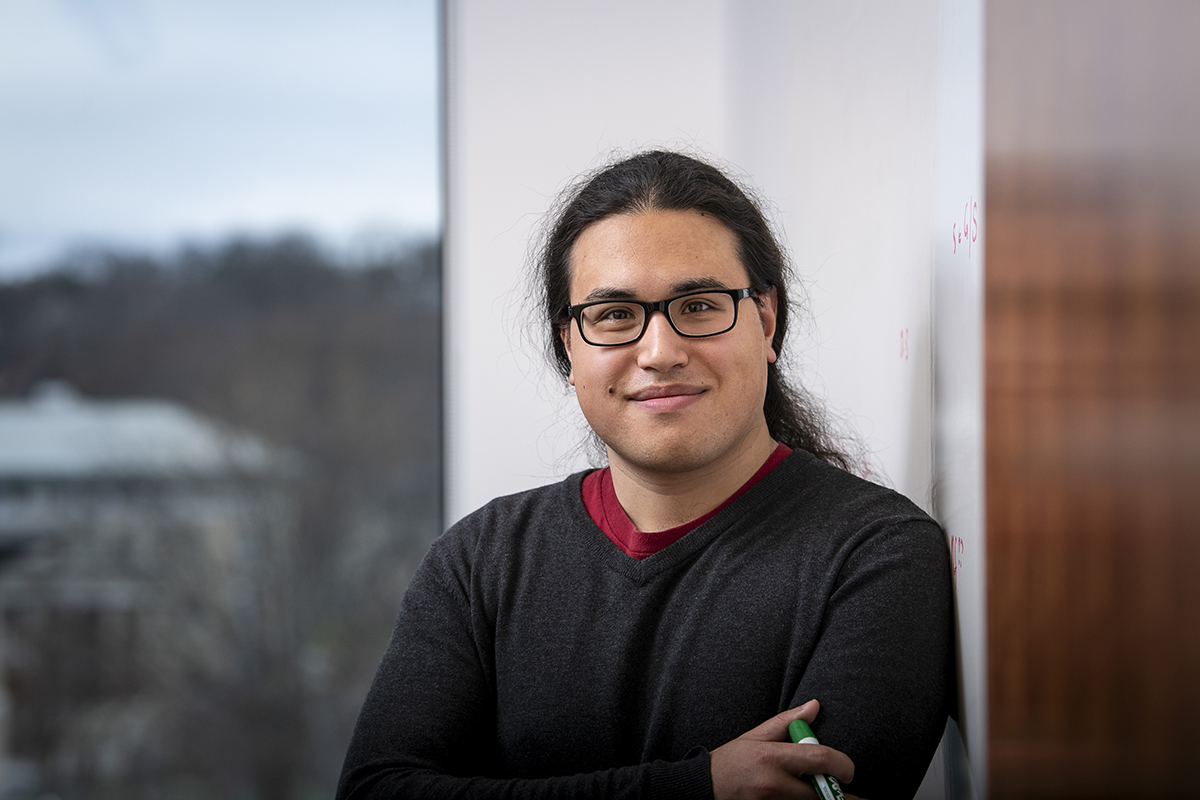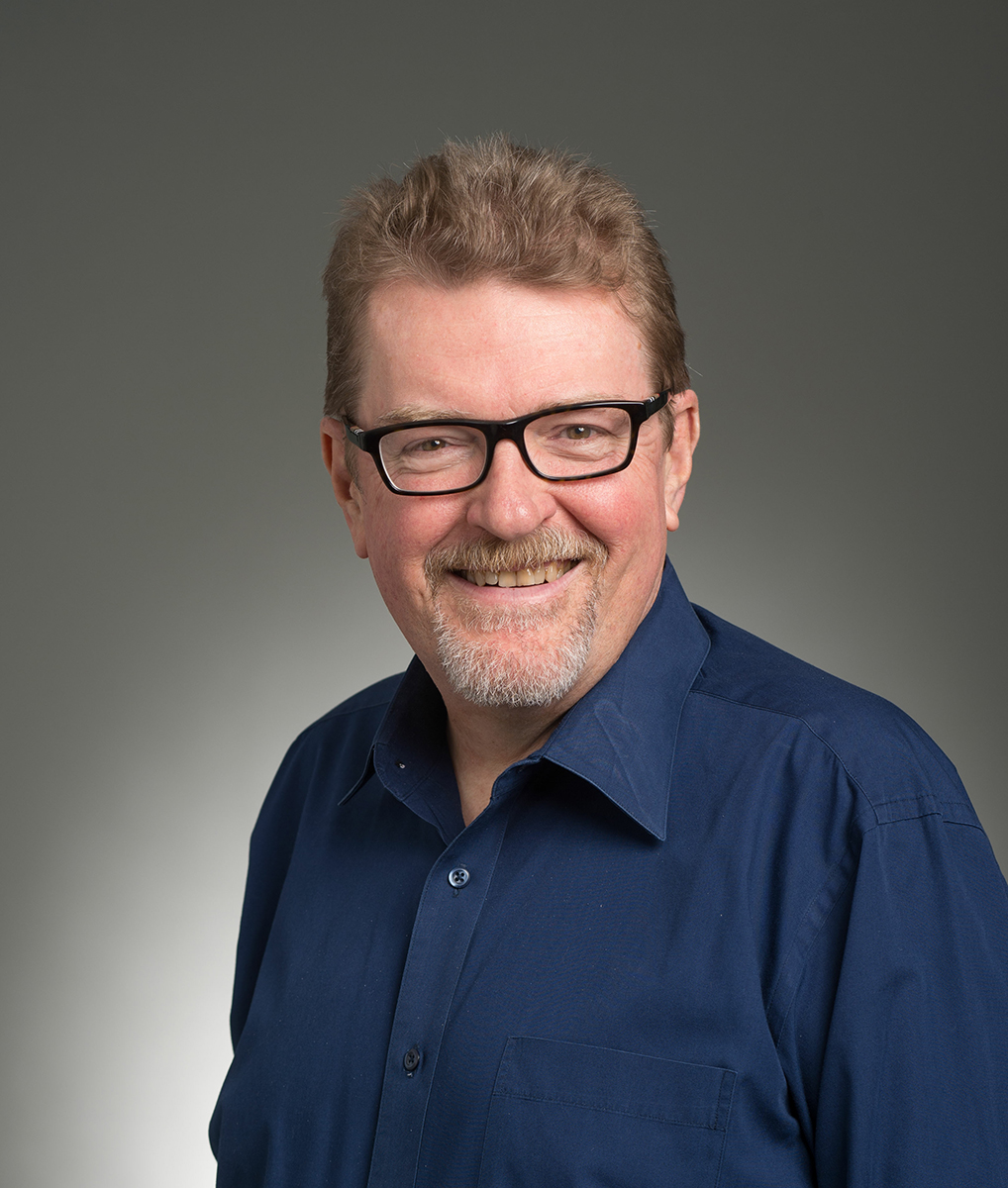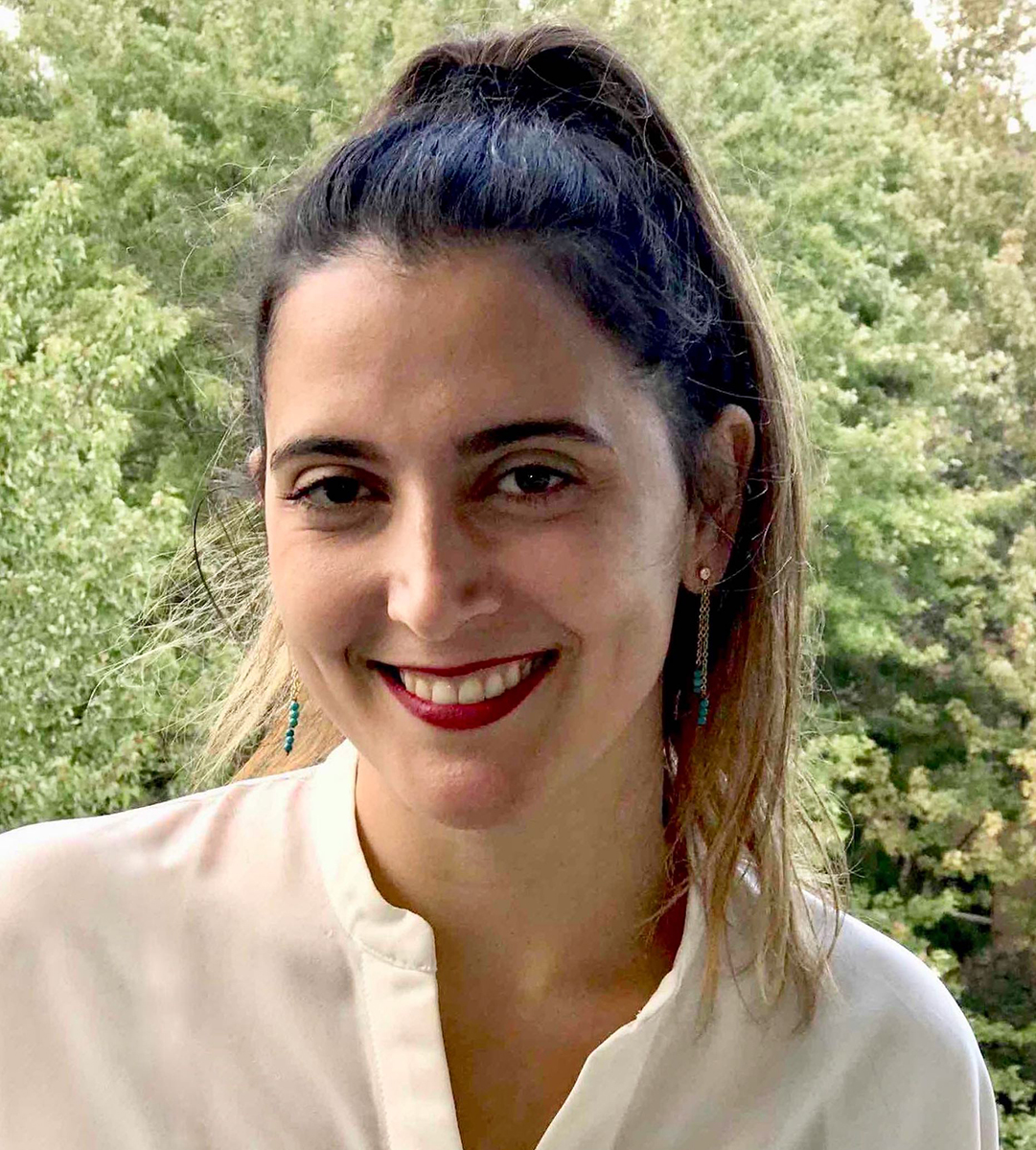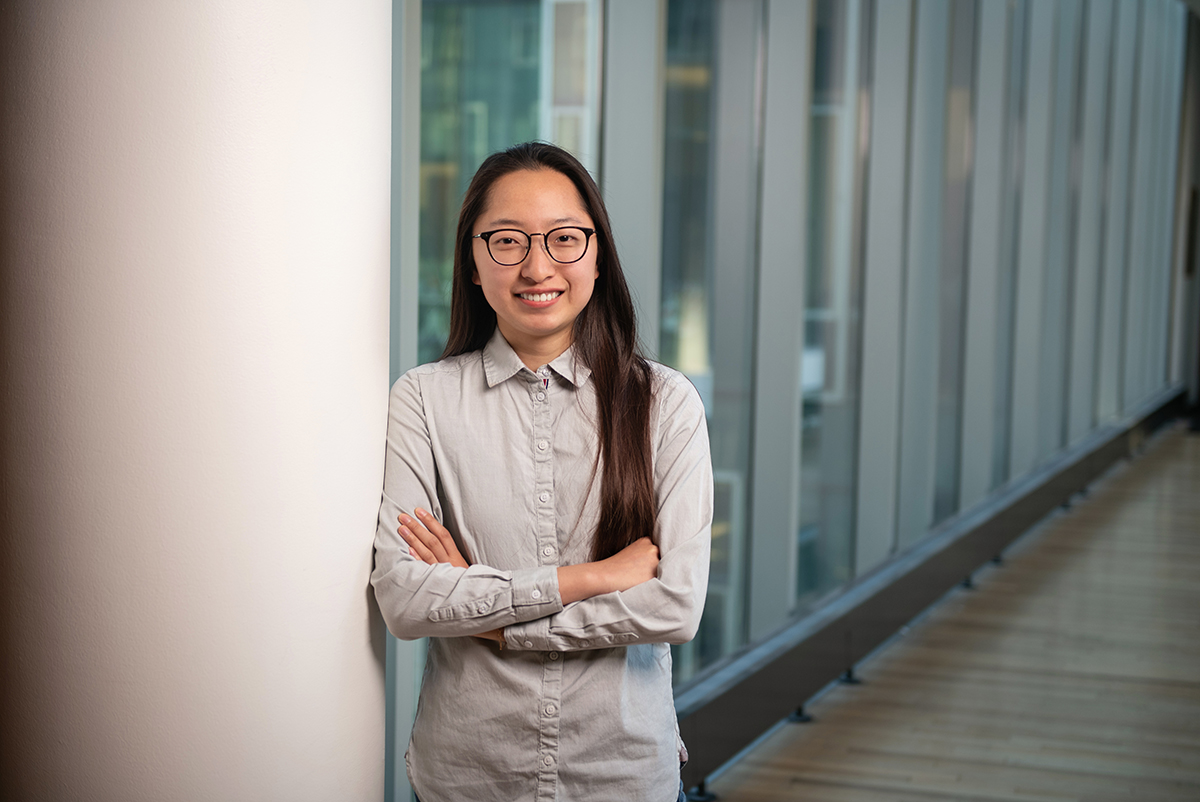Harlene Samra Earns Inaugural Krulcik Scholarship
School of Computer Science junior Harlene Samra has so many doubts about whether she belongs in SCS that she's slapped an "imposter" sticker on her laptop. After all, when other people are pulling all-nighters, she's keeping a healthy sleep schedule. She binges TV shows. She works all weekend on assignments that might take someone else all of two hours. But her peers, professors and other admirers in SCS have no such doubts. In fact, they're so certain of her place in SCS that they've named her the inaugural recipient of the Scott Robert Krulcik Scholarship in Computer Science. Established by the Krulcik family to honor their son after his untimely death last winter, the merit-based Krulcik Scholarship acknowledges and rewards a current SCS undergraduate who clearly demonstrates the core traits, attitude and approach that Scott (CS 2018) embodied: a leader with a positive attitude, an insightful and compassionate scholar, an innovative contributor to the SCS community, and an inspiring peer mentor. Samra won't admit it, but she's all of those things. The Stamford, Connecticut, native didn't know she wanted to major in computer science until she was a senior in high school, took AP computer science and realized she "kind of liked it." She'd visited CMU the previous summer and was hooked. "The tour guides I met were really nice. I don't know. I just got here and I felt that vibe. I knew it was where I should be," she said. Trying desperately not to raise her own hopes, she launched a "Hail Mary" (her words) and applied to computer science schools — SCS as her top choice. "When I got in, I was so shocked that I fell out of bed," she recounts. But she had to be sure, so another campus visit ensued, during which she met Krulcik, who was then an SCS tour guide, as well as a host of other impressive students. It sealed the deal. She turned Tartan and joined the SCS community in 2017. Since then, Samra has done what she modestly calls "quite a few things" She was a tour guide for CMU's Office of Undergraduate Admission the summer after her freshman year, and now works as an SCS tour guide. She's been a teaching assistant (TA) for 15:151: Mathematical Concepts for Computer Science the past two fall semesters, and she TA'd 15:150: Functional Programming last spring. "I really like the idea of being a TA for someone who just came to college, because I think it's important that they have someone who is there for them at the beginning," Samra said. "And getting to know everyone in SCS is really easy when you're a TA because you learn all the students and the other TAs and there's a network." Beyond TAing, Samra participates in the club Teknowledge, of which she's president this year. The organization sends student volunteers into local middle schools to teach the Python programming language. In the same vein, she's also part of the CMU CS Academy, which has created an online high school computer programming curriculum that's free for any teacher who wants to use it. She joined the team the summer after her freshman year — while she was also a campus tour guide — and helped create content for the first class, a one-year Python course. She later started working on the organization's AP Computer Science Principles curriculum and currently belongs to the team developing a class that applies computer science to subjects like art and music. Samra says helping is simply in her nature. "I didn't realize it until recently, but everything I do is educating and helping other people. It's a good feeling when you help someone else understand something. That moment of clarity is a huge thing for me," she said. "Plus, I learn things in the process. I feel like by helping others — it's almost selfish — you're helping yourself in the end." That drive to help is what brought her to the scholarship committee's attention. "Having been Scott's academic advisor, I was especially attuned to nominating an outstanding student for this inaugural award," said Mark Stehlik, teaching professor, assistant dean for Outreach and co-founder of CMU CS Academy. "That wasn't easy, as we have so many great students. But Harlene closely mirrors what Scott brought to this place: a warm, sunny, positive disposition, and always willing to help. She's been an integral part of our CS Academy outreach project, echoing Scott's own contributions to that program." Even knowing that she's received the award hasn't really tamed Samra's imposter syndrome, though. "I'm not going to lie: I was kind of like 'Why me?' There are a lot of people who probably could have gotten this. But I am really grateful, because Scott was such an amazing person," she said. "It's wonderful to know that these professors saw in me what they saw in him. It gives you a little bit of a boost to know that something you're doing matters."

